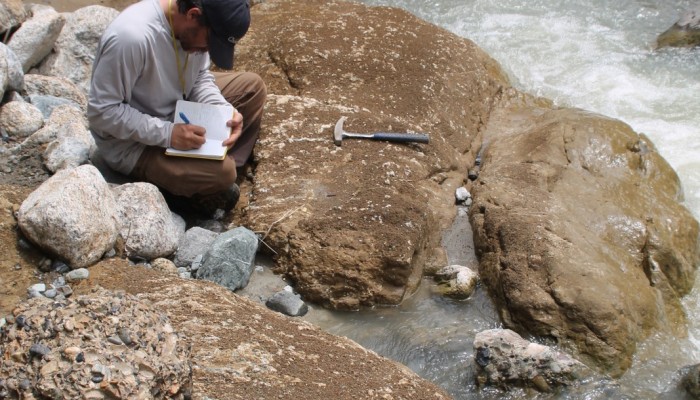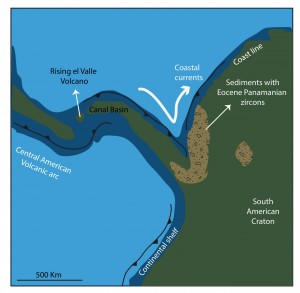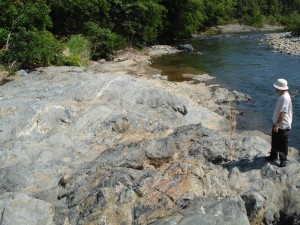
“According to new research, the land bridge connecting Central and South America rose more than 10 million years earlier than originally thought”
Traditionally, closure of the Panama Isthmus has been deemed responsible for the co-occurrence of two major events: The large Pleistocene glaciations and the Great American Biotic Interchange (GABI). Existing evidence indicating a casual relation is controversial, mainly because the difficulty on establishing a precise chronology of closure. Results of a recent publication in Science by Montes and colleagues [1] suggest that closure of the Isthmus was not related to these events. What’s more, these results seem to suggest that the beginning of the major glaciations could actually be the cause of the GABI.
According to this research, closure of the Central American seaway could have happened more than 10 million years (Ma) earlier than originally thought. New evidence relies on cartography, provenance analyses and detrital zircon geochronology. Detrital zircons ages were used to constrain the age of deposition of the host sediment, reconstruct provenance, and, more importantly, characterize source regions. In the northwestern margin of South America, there are several mountain ranges that contain ancient zircons formed under different tectonic settings. However, zircons between 30 and 40 Ma can only be found along the Panamá region. This signature serves as a distinctive Panamanian fingerprint. These Panamanian zircons were found in fluvial and coastal sediments accumulated 15 Ma along the northwestern Colombian region. It is therefore inferred that there were rivers bringing Panamanian rock fragments and crystals from Panama to shallow marine basins of northern South America at that time. A river connecting these two land-masses negates the presence of the Central American seaway. As a result, the flow of deep and intermediate Pacific waters into the Caribbean Sea would be severed. Caribbean-Pacific water exchange could still occur through narrow, shallow, and transient channels that could fragment the emerged land.

Paleogeographic reconstruction of the connection between Central and South America around 13-15 Ma (Modified from Montes et al., 2015)
In light of this evidence, it seems that the biotic interchange and the Pleistocene glaciations may need new explanations. One interesting alternative could be that the biotic exchange occurred as a consequence of the onset of the glaciations. Such cold periods typically bring drier conditions and promote the development of savannah-type vegetation corridors in Central and South America. These corridors, along with falling sea-levels results of more ice trapped in continental glaciers, could have finally allowed the massive crossing of mammals. If this is the case, several questions open up. For instance, what triggered the glaciations? Or, when was the onset of the modern thermohaline circulation?

Panamanian rocks outcropping along the Pacora River. These rocks were studied in detail for understanding the origin of the zircons present in sedimentary rocks along the northwestern South America margin (credit: Camilo Montes)
[1] Montes et al., (2015). Middle Miocene closure of the Central American Seaway. Science, 348(6231), 226-229. DOI: 10.1126/science.aaa2815, http://www.sciencemag.org/content/348/6231/226.full.pdf
——
Diana Ochoa wrote this blog post. Prof. Dr. Camilo Montes, who was the PI of the research leading to these results, edited and verified its scientific content.
Camilo Montes is a professor part of the Geosciences Department at Universidad de los Andes in Colombia
cmontes@uniandes.edu.co, http://wwwprof.uniandes.edu.co/~cmontes/
